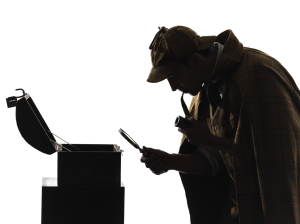
Sherlock Holmes had his magnifying glass. A modern detective will bring things like evidence tags, fingerprint kits, and latent bloodstain reagents.
What did a 19th-century detective pack into his forensic kit to bring to a crime scene?
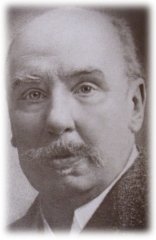
Let’s ask Hanns Gross (1847-1915), an Austrian who established forensic science as an academic discipline. Gross studied law and worked as a detective (Untersuchungsrichter) before founding the first university institute of criminology. His Handbuch für Untersuchungsrichter (Handbook for Criminal Investigation), a field book for criminal investigators that was published in 1893, caused a global tsunami in police work, washing away outdated techniques. Gross integrated science and psychology into criminal investigations. He also developed the field of crime scene photography. In translated form, the Handbook became a standard work worldwide.
In the Handbook, Gross lists the items a detective should keep packed in his forensic kit in order to be ready to process a crime scene at a moment’s notice. The list is long, but here are some of the important contents:
- paper for taking notes
- pen and pencil, ink
- ruler or measuring tape
- pair of compasses for measuring minute distances
- pedometer for measuring distance in paces
- transparent paper for tracing outlines, drawings, and blood splatter
- plaster to make casts
- test tubes for samples of stomach contents of dead bodies to test for arsenic
- candles for illumination during nighttime investigation
- crucifix for the purposes of putting a dying witness under oath for a statement
- directional compass to provide orientation for the detective’s sketch of the crime
- bars of soap, not only for washing, but for taking impressions of small items like keys
- brush for cleaning debris out of a footprint before taking a cast
- magnifying glass
- tape, to which small traces of evidence adhere
- candy for calming children and inducing them to make statements
- first-aid kit, for victims or the detective himself

Which of these items seem old-fashioned? And which were ahead of their time? Do you think anything’s missing?
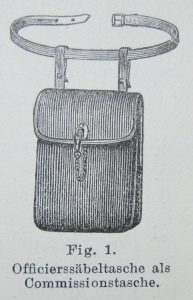
Because Hanns Gross developed criminal investigation photography, I was surprised not to see a camera on his list. He might have included that in later editions of his book.
(c) Text Ann Marie Ackermann 2014
Literature on point:
Hanns Gross, Handbuch für Untersuchungsrichter als System der Kriminalistik (Graz, Austria: Leuschner & Lubensky’s Universitäts-Buchhandlung 1899)

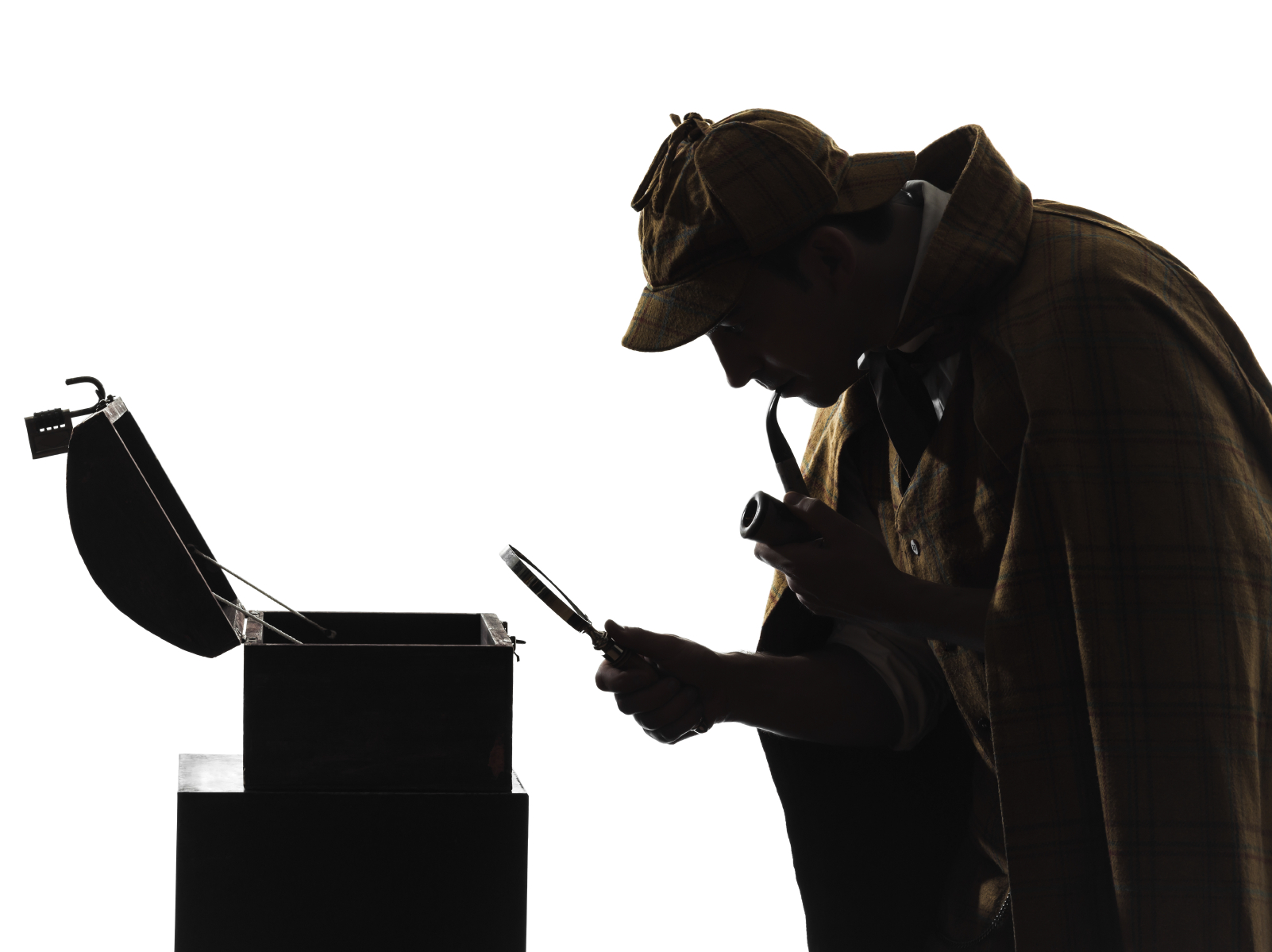

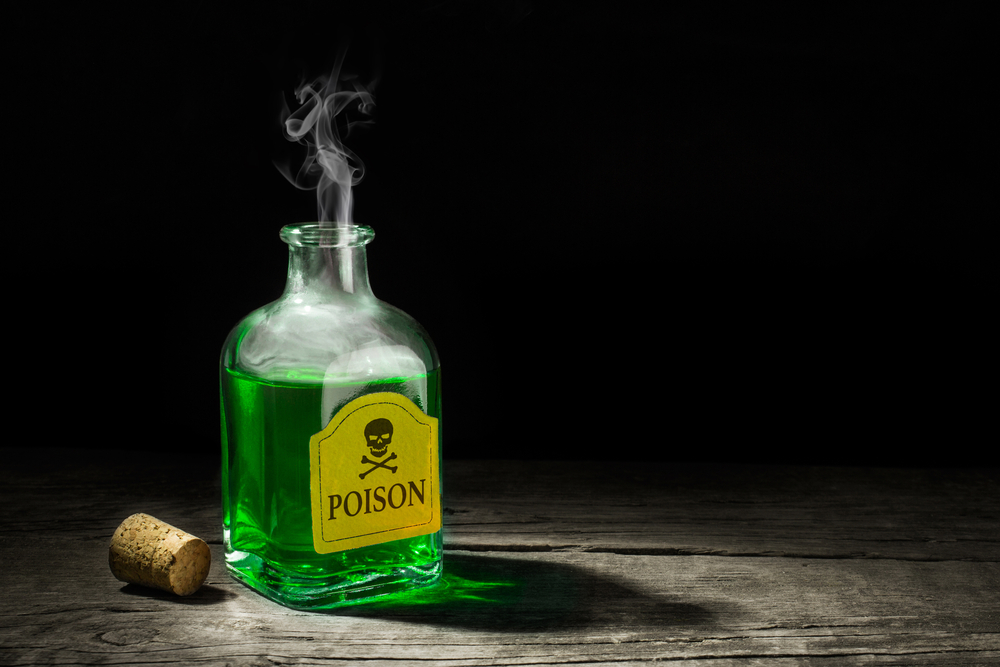

I guess it would stand to reason to have such. You can still acquire those old vampire kits on line, now and then.
I’ve only once seen one online, Tom, but it wasn’t for sale. I’m curious where you saw one. There is a museum for Hanns Gross in Graz, Austria, and I wonder if an original is on display there.
I do find it interesting that they were already using tape back then to pick up minute evidence. Seems like this and the fingerprint would have came much later.
However, I am surprised that it doesn’t list gloves or some kind of towel to pick up evidence without contaminating it.
I do have to say, this was rather interesting. Being born in 1969, I kinda take advantage of the luxury we have to day that most of the forensics of solving a case are pretty much down pat. We see it more and more each day, crimes being solved almost before the police have left the scene.
Thanks for sharing. This was really good.
Thanks, Tabitha! I was surprised too, that he didn’t use gloves. The British had rubber gloves in their murder bags starting around 1924. I can’t imagine using my bare hands to collect stomach contents from a corpse for arsenic testing.
They collect stomach contents at the crime scene? That’s a heck of a job.
Was there a morgue?
Brian, I can imagine it was a very unpleasant job, but a it was a necessary one. Arsenic was one of the most popular poisons back then. Collecting the stomach contents allowed for laboratory testing.
Germany and France had morgues by the end of the 19th century, so I assume Austria did too.
There’s your next blog topic: how did they get into the stomach?
Autopsies were regularly conducted as a part of homicide investigations as early as the 19th century. A physician or surgeon would have incised the stomach, not the detective himself. But the detective would have been present at the autopsy to take notes and collect the stomach contents and other physical evidence, such as shot pellets. It was important to have the test tubes ready and available — I know of one 19th century case where the autopsy was conducted on site, in a home, and not in the morgue.
However, dissection of a 19th century autopsy might make for a fascinating post. Thanks for the idea, Brian!
I wonder how much influence the crucifix would have now-a-days. Not as much as back then I presume. Is there anything else used to extract the truth from a dying person?
Hanns Gross didn’t use the crucifix to extract testimony, but to preserve it. Swearing on the crucifix was the Austrian version of our swearing on the Bible. Without the crucifix, the oath wouldn’t have been valid and the dying person’s testimony worthless in court. In his book, he mentions a case in which the defense challenged a dying declaration on the grounds that the detective hadn’t had a crucifix handy. That’s why every detective needed a small crucifix in his murder bag. At least in Austria!
Thanks for prompting me to clarify that point, John!
Very interesting article. Candy a great hook!
Thanks, Linda! It surprised me that Hanns Gross thought ahead of time about bringing candy.